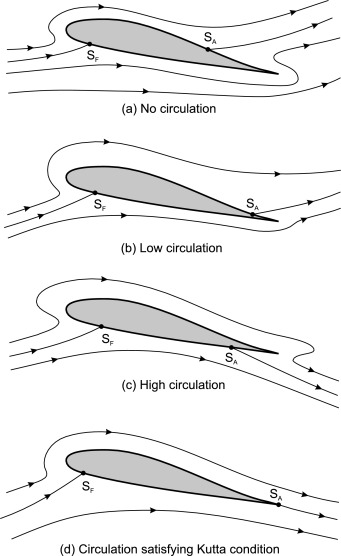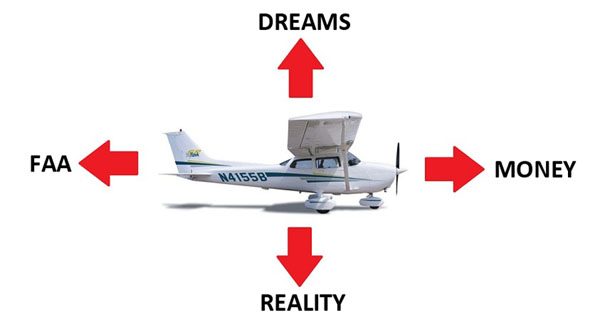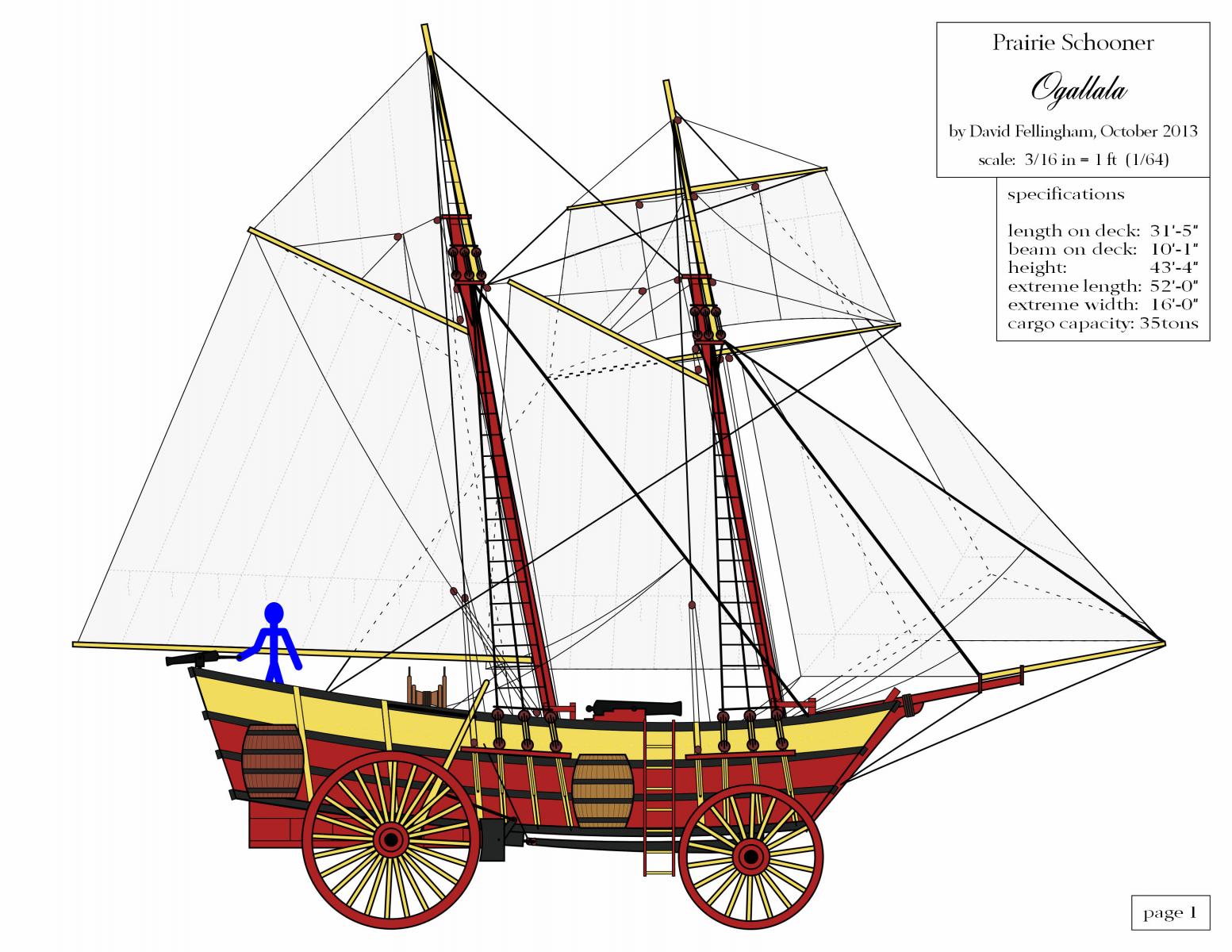PeterNSteinmetz
En-Route
Was thinking about this a bit more and of course this will always depend on the audience.
With a 14 year old taking lessons to fly gliders, I think even the pressures creating forces to accelerate parcels of air may be a bit much. That is where the simple demos may be better or just saying there is a higher and lower pressure and you will learn more about it later may work better.
With a 14 year old taking lessons to fly gliders, I think even the pressures creating forces to accelerate parcels of air may be a bit much. That is where the simple demos may be better or just saying there is a higher and lower pressure and you will learn more about it later may work better.







